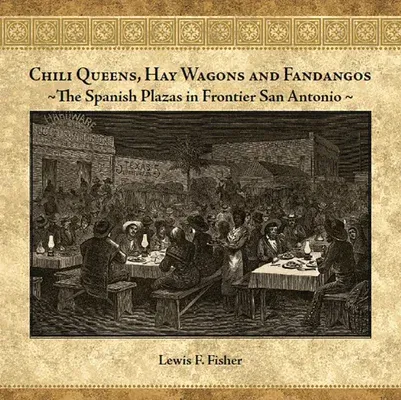Lewis F Fisher
(Author)Chili Queens, Hay Wagons and Fandangos: The Spanish Plazas in Frontier San AntonioPaperback, 1 January 2010

Qty
1
Turbo
Ships in 2 - 3 days
In Stock
Free Delivery
Cash on Delivery
15 Days
Free Returns
Secure Checkout

Print Length
120 pages
Language
English
Publisher
Maverick Books
Date Published
1 Jan 2010
ISBN-10
1595346724
ISBN-13
9781595346728
Description
Product Details
Author:
Book Format:
Paperback
Country of Origin:
US
Date Published:
1 January 2010
Dimensions:
24.89 x
25.15 x
1.27 cm
ISBN-10:
1595346724
ISBN-13:
9781595346728
Language:
English
Location:
San Antonio
Pages:
120
Publisher:
Weight:
589.67 gm